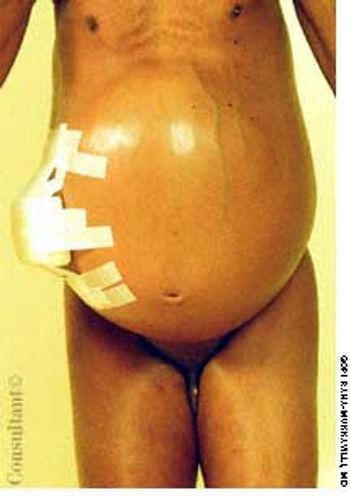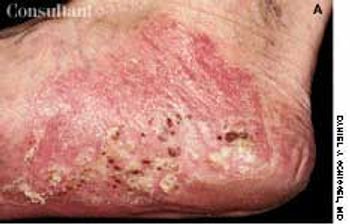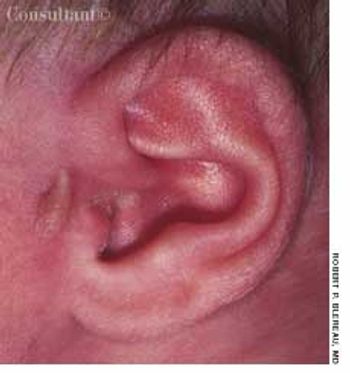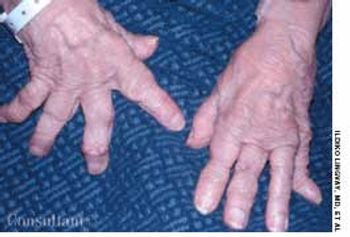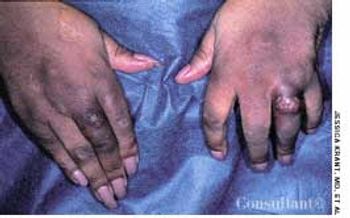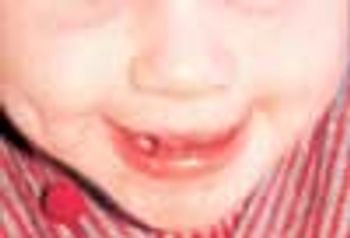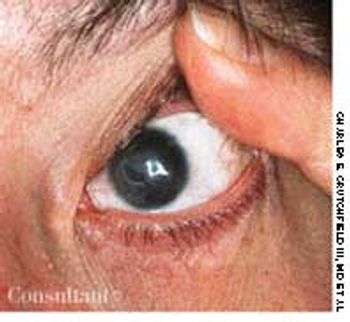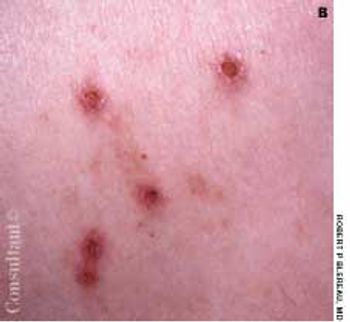
A sudden and severe loss of central vision in her left eye sent a 51-year-old woman for medical consultation. She was very nearsighted (211.00 diopters) in both eyes. Corrected visual acuity in her unaffected right eye was 20/20; the best corrected visual acuity in her left eye was 20/400.

